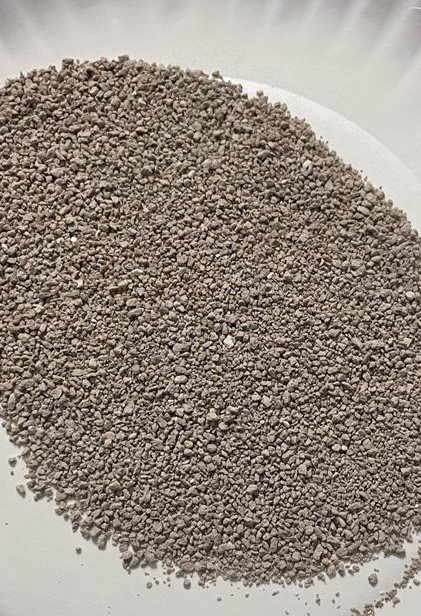PURAMAX® Purification Technologies
PURAMAX® Purification Technologies
M Chemical’s PURAMAX® line of purification technologies are engineered to deliver consistent, high-performance results across a wide range of industrial applications. This includes the removal of sulfur, chloride, arsenic, fluoride, mercury, oxygen, silica, and more.
PURAMAX® Sulfur Species Removal
Our sulfur purification technologies effectively eliminate sulfur compounds from process streams. This reduces corrosion and catalyst poisoning while improving product quality across refining, petrochemical, and natural gas processing applications.
PURAMAX® Chloride Removal
This technology targets and removes chloride contaminants that can corrode equipment and degrade catalysts. This helps protect process integrity in refining, petrochemical, and syngas applications.
PURAMAX® Arsenic Removal
Our arsenic purification technologies remove arsenic from feedstocks to protect downstream catalysts, ensure regulatory compliance, and maintain safe, efficient operation in refining, petrochemical, and natural gas processing applications.
PURAMAX® Fluoride Removal
This technology removes harmful fluoride ions from gas and liquid streams, helping to preserve equipment lifespan and safeguard catalyst performance. It is especially valuable in refining applications such as HF alkylation units, where fluoride contamination poses significant corrosion risks.
PURAMAX® Mercury Removal
Our mercury purification technologies capture toxic mercury from natural gas and petrochemical streams, preventing environmental release and equipment contamination. They are particularly critical in cryogenic natural gas processing units and chlor-alkali or VCM production, where mercury poses severe risks to equipment integrity and catalyst performance.
PURAMAX® Oxygen Removal
This technology reduces oxygen levels in gas and liquid systems to prevent unwanted oxidation reactions and maintain process stability in hydrogenation, polymerization, and chemical synthesis operations.
PURAMAX® Silica Removal
Our silica purification technologies remove silica to protect catalysts, membranes, and other sensitive equipment. It also ensures operational efficiency and reduces fouling in gas treatment, steam generation, and petrochemical facilities.

